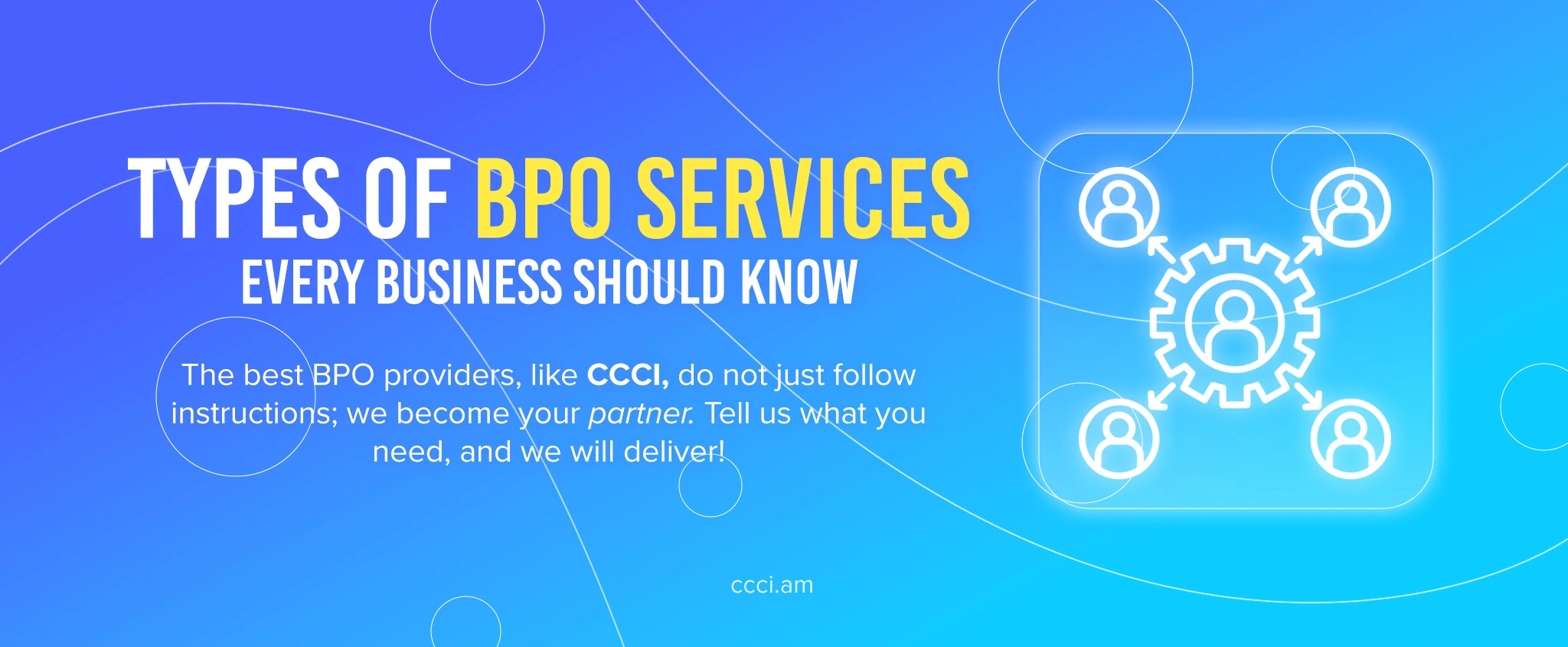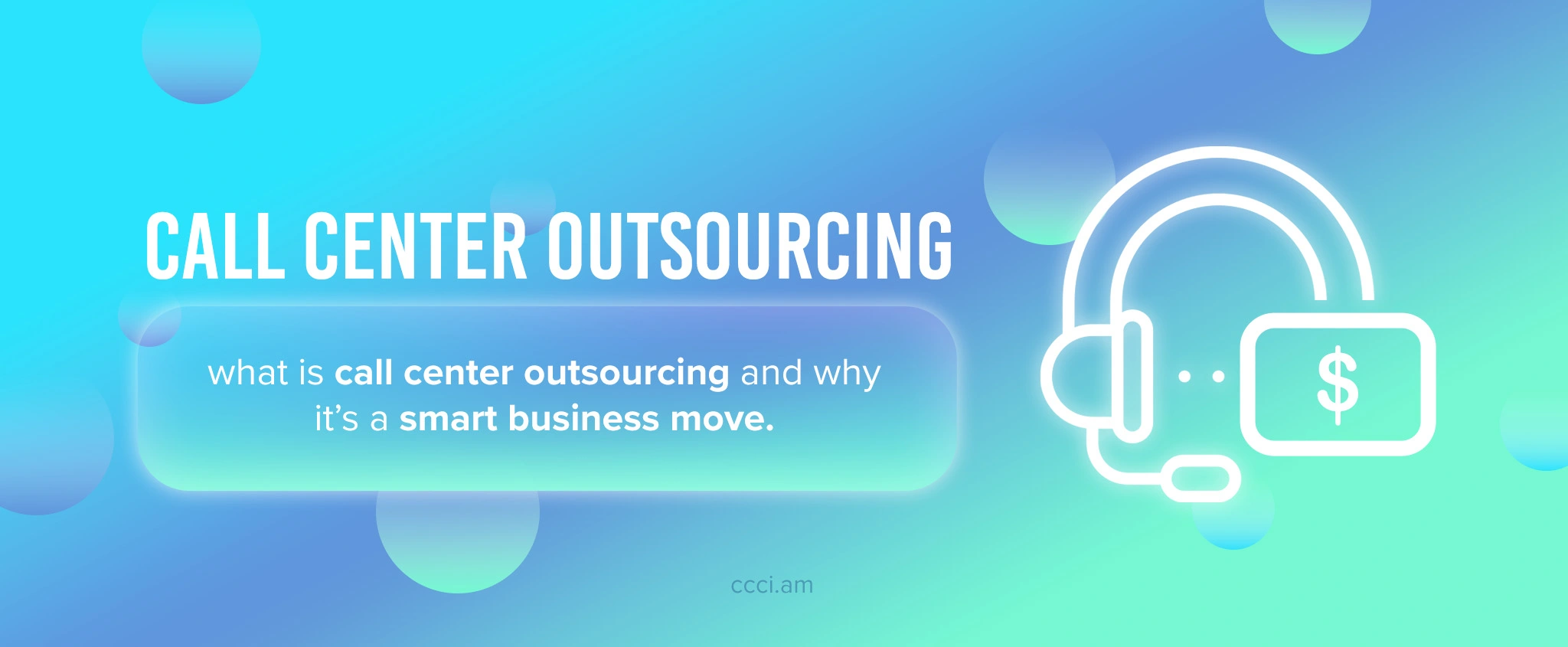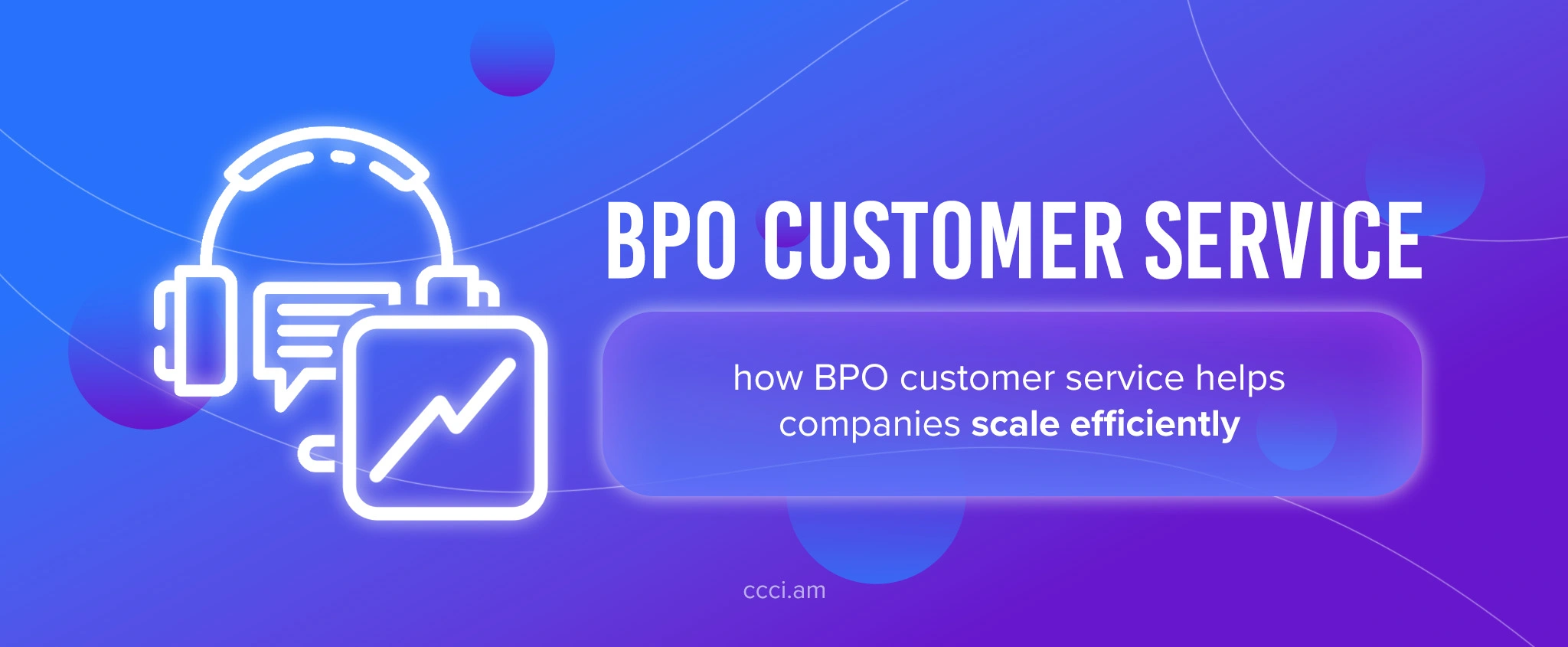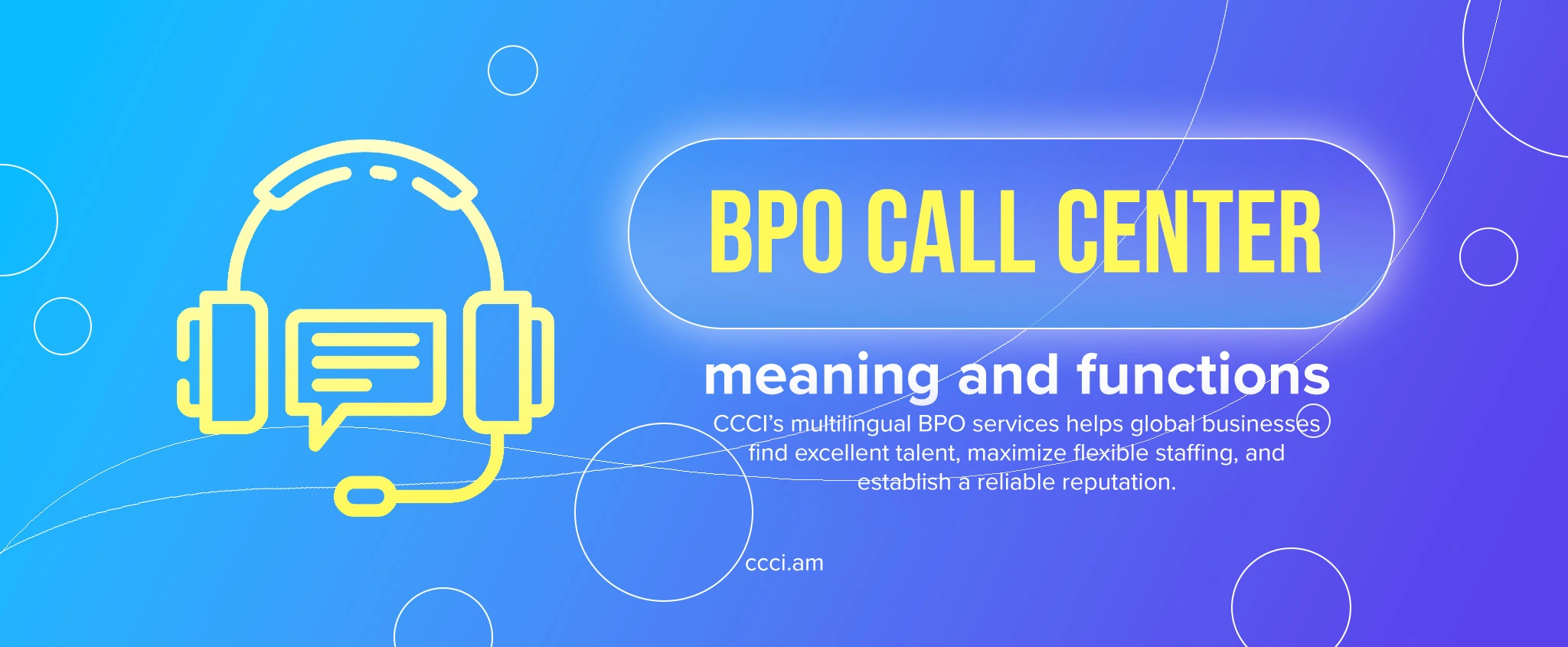Types of BPO Services Every Business Should Know
Key Takeaways:
- There are various types of BPO services designed to meet different business demands, from specialized to non-specialized solutions.
- The types of BPO include back-office, front-office, KPO, and ITES, each offering value based on a company’s goals.
- Location-based BPO types include offshore, nearshore, and onshore options, giving businesses flexibility.
Table of Contents:
- BPO as an Asset
- The Different Types of BPO Offerings
- How to Outsource Business Functions
- Wrapping Up
- Frequently Asked Questions
BPO as an Asset
Business process outsourcing (BPO) is an industry that stands proud for supporting other industries. Startups aiming to scale quickly and large corporations streamlining their systems rely on it! With the many types of BPO services available, your business may thrive as you aspire it to.
The global BPO market will be hitting $415.73 billion by 2025. Clearly, numerous companies are tapping into this powerful resource. After all, when you outsource, you reap notable benefits.
- Cost Savings: Instead of hiring full-time staff or investing in new technologies, pay only for what you will use at a fraction of the in-house cost. Cut down labor, infrastructure, and operational expenses!
- Global Talent: IT experts, multilingual customer support teams, or data specialists? BPO does not limit you by geography. It opens the door to a worldwide pool of professionals, requiring no lengthy HR processes.
- Scalability: A flexible business is a competitive business. BPO allows you to easily scale operations up or down, helping you become and remain agile. Never overextend your team or leave to-do lists piling up!
- Boosted Efficiency: When repetitive tasks no longer tie down your people, they can put their energy into core competencies. Outsourced members handle them with speed and precision.
- 24/7 Availability: Why not keep earning even after you clock out? Many vendors work in different time zones, offering you and your customers round-the-clock service. Growth is the ultimate result!
BPO is a strategic business move. If it aligns with your goals, there is no reason to delay the transition.
The Different Types of BPO Offerings
Letting external teams take over your functions might feel risky, especially when every decision impacts your bottom line. It is only natural to want to know what is happening, who is doing it, and how they are getting it done.
Excellent BPO providers understand that. The best ones, like CCCI, do not just follow instructions; we become your partner. Tell us what you need, and we will deliver!
What are the types of BPO services you can confidently entrust to third-party experts?
Back-Office
Think of tasks like human resources, payroll, accounting, and administration that do not involve direct interaction with customers. Outsource these essential roles, so you may spend more time and money finding people for innovation and business development instead of onboarding and training.
Front-Office
Give your audience a seamless experience without building or scaling an in-house team! Front-office BPO includes customer service, tech support, and even sales. Vendors bring knowledge, trained agents, and the tools to handle every call, email, chat, and comment efficiently and professionally.
Note: Companies usually have contracts with call centers for these services, which may be inbound or outbound.
KPO, LPO, and RPO
There are BPO types for niche expertise. For instance, knowledge process outsourcing (KPO) lays out industry-specific skills, whether in healthcare, insurance, or education. Within this process is legal process outsourcing (LPO), a branch focusing on legal services, such as drafting contracts.
Another sub-specialty is research process outsourcing, which is for complex research and data analysis. When you need deep insights, detailed reports, and a strong analytical foundation, an external organization can yield them.
ITES
Information technology-enabled services (ITES) refer to any outsourced work delivered via the internet. A provider has the know-how and infrastructure you might not have, bridging the gap between tech demand and internal capabilities.
Pro Tip: Get ITES for IT help desks, telecommunications, and anything digital. Vendors already have robust systems in place!
Offshore, Nearshore, and Onshore
Location matters in your BPO strategy. If you want to reduce costs but still leverage exceptional talent, go for offshore BPO or outsourcing in a different country. If you want reduced costs and fewer time zones or cultural differences, choose a partner from a neighboring country for nearshore BPO.
For companies requiring assistance in logistical and communication challenges, onshore BPO or domestic outsourcing keeps things within national borders. Seek providers in a different city or region for local, productive collaborations!
How to Outsource Business Functions
The different types of BPO services bring different strengths. But no matter which type you are eyeing, the actual process of outsourcing comes down to just two key steps:
- Step 1: Determine what your business needs.
- Step 2: Find the right vendor.
The real value comes after the second step, which many get wrong. It is never ideal to simply hand off tasks and hope for the best; the people on the other end should understand what is on the line.
Start by being crystal clear about what you want to outsource and why. After you shape your goals, search for third-party providers beyond the pitch decks.
Ask about their experience in your industry, check client reviews, and request case studies. See how they communicate, too. The most important thing is not the results they promise but the ways they achieve them with you.
Never rush your transition. If you do, the chances of misalignment increase. You do not want confusion on either side, like you not being ready to let go and your provider not being fully aware of the expectations.
Pro Tip: Approach outsourcing like any major business move. Be intentional. You may even start small and test the waters first with a pilot project or a single department.
Create a solid onboarding plan that includes knowledge transfer, timelines, points of contact, and performance metrics. Let everyone know what is changing, why it is changing, and how they will interact with each other.
Ultimately, with the right partner, outsourcing feels like a relief, not a risk.
Wrapping Up
Whether back-office, front-office, or KPO, and whether offshore, nearshore, or onshore, BPO is an extension of your internal team. It is a collaboration that does not ask for too much from you. In fact, it gives you more, so you can do more.
Are you still on the fence about outsourcing despite the advantages? CCCI is eager to guide you through your options! Besides customer support in over 30 languages, we also offer interpretation, transcription, subtitling, and other BPO services. We leverage decades of combined experience to help businesses like yours. Connect with us, explore, and grow!
Frequently Asked Questions
Quick answers for quick thinking!
What Is the Difference Between BPO and Outsourcing?
Outsourcing is the general practice of hiring third-party vendors for specialized and non-specialized tasks. When you outsource specific business responsibilities and operations, that is BPO.
How Many Types of BPO Are There?
There are at least seven types of BPO services. Regarding function, there are back-office, front-office, ITES, and KPO services (and LPO and RPO services as sub-specialties). There are also three location-based options: offshore, nearshore, and onshore.
What Are BPO, KPO, and LPO?
BPO is outsourcing business functions to external teams, and KPO services are one of its types, involving expert-level work. LPO falls under KPO, which focuses on legal services.
What Is Another Name for BPO?
Some call BPO “business outsourcing” or simply “outsourcing, while others refer to it as “information technology-enabled services” because it uses technology and infrastructure. These terms highlight the same idea of contracting out to third-party vendors.
What Are the Four Examples of BPO Services?
The most common BPO services include customer support through call centers, human resources management, accounting, and IT services. They are usually non-core and repetitive.






